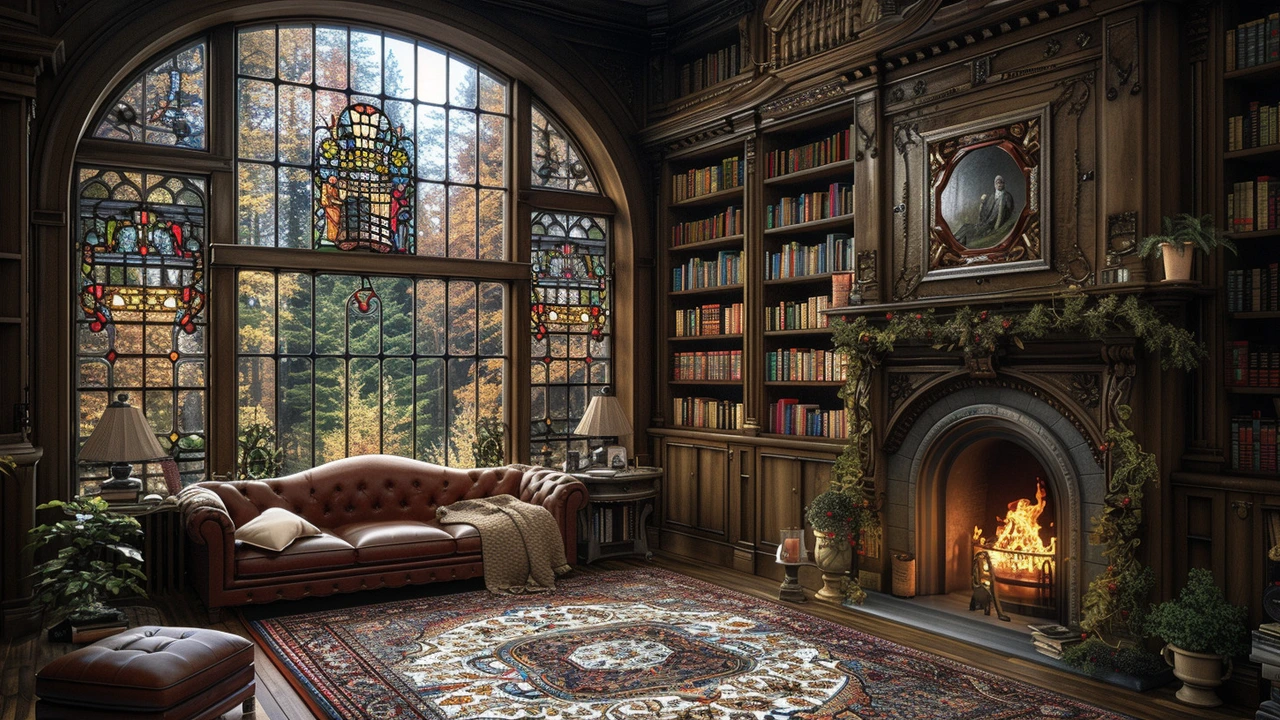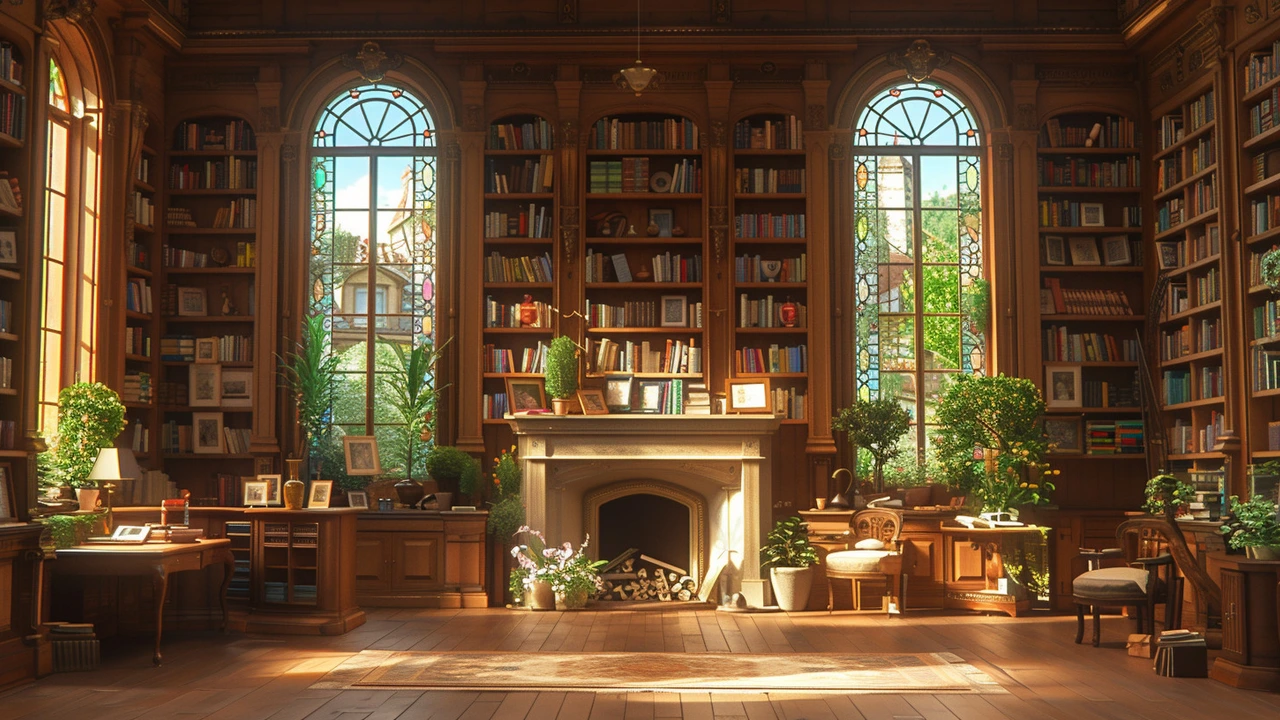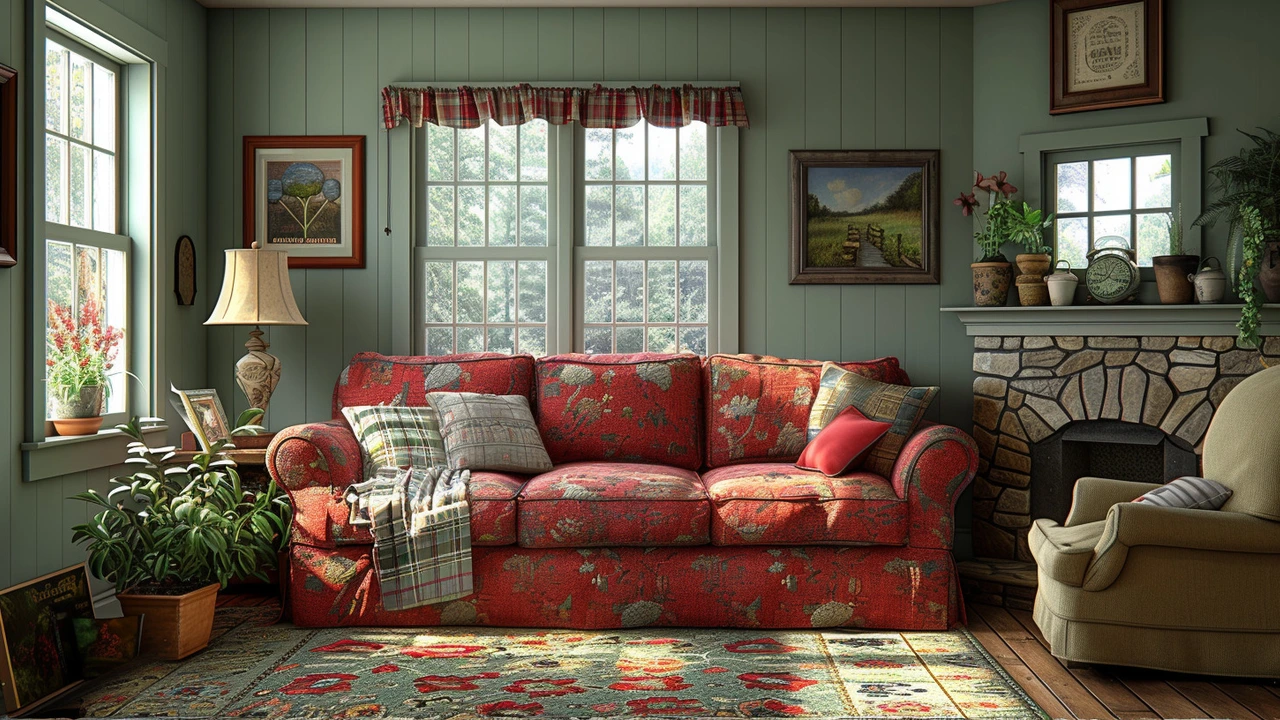Hey there! In this post, I delve into the captivating world of American Craftsman style and how it allows us to create spaces that really feel like home. We'll explore the characteristic features of this style and share tips on crafting functional and aesthetic homes that radiate warmth and comfort. So, join me on this exciting journey of transforming houses into homes that tell stories of authenticity!
American Craftsman Style: What Makes a True Craftsman Home
American Craftsman homes were born from a reaction to mass-made buildings. They celebrate handwork, honest materials, and simple, useful layouts. You’ll see them across U.S. neighborhoods from the early 1900s, and they still feel warm and livable today. If you want a house that reads as human-scaled and durable, Craftsman is a solid bet.
The style comes from the Arts and Crafts movement and adapts British ideas for American life. Builders and designers favored exposed joinery, tapered columns, low-pitched roofs, and wide eaves with visible rafters. Interiors often include built-in cabinets, wide trim, and open but cozy rooms that encourage family life rather than formal display.
Key features to spot
Look for a low, gabled roof and a front porch supported by thick, tapered square columns sitting on stone or brick piers. Windows are usually double-hung with divided lights on the top sash. Wood and natural stone show on the façade. Inside, expect a central fireplace, built-in bookcases, and simple but sturdy woodwork. These details aren’t decorative extras—they’re part of the structure.
Materials matter. Craftsman houses use local wood, stone, and simple plaster. The finish is honest: you can see the grain, the joinery, and the hardware. That authenticity is part of the style’s appeal and makes restoration straightforward when you match materials and proportions.
Practical tips for updating or preserving
If you own a Craftsman house or want to mimic the look, focus on proportion and materials first. Keep porches deep and roofs low. Replace missing trim with solid wood copies rather than ornate modern moldings. Preserve built-ins and the original fireplace; they add value and real living comfort. When you need upgrades like wiring or insulation, install them so they don’t hide key features. For example, add insulation behind walls rather than removing trim.
For modern living, introduce subtle updates: a kitchen that keeps the original wood tones, period-appropriate lighting, and energy-efficient windows that replicate the divided-light look. Avoid shiplap or farmhouse clichés; Craftsman has its own vocabulary—simple, honest, and handcrafted.
Add landscaping that fits: native plants, stone paths, and a modest front walkway keep the house grounded. Keep paint palettes muted; earth tones, olive greens, warm grays, and craftsman reds work well. Hardware and light fixtures should feel solid and slightly understated—look for brass or aged bronze with clean lines.
Common mistakes to avoid include covering original wood with vinyl siding, flipping proportions by adding tall second-floor windows, or removing original built-ins. Those changes lose the soul of the house. If you need parts, salvage yards, historic hardware suppliers, and specialized woodworkers can reproduce trim, columns, and door hardware that match originals.
Want real examples? Walk neighborhoods built between 1905 and 1930 or search archives for architects like Greene and Greene for high-end examples. Take detail photos of brackets, column bases, and mortise-and-tenon joinery; those closeups teach more than a distant shot.
Architectural Artistry Chambers shares photos and tips to help you restore or design true Craftsman homes.
Hey there! In this post, we are about to unlock the essence of the American Craftsman style; a testament to enduring style indeed. From its historical roots to its distinct design attributes, this write-up encompasses the whole nine yards of this architectural style. Prepare to be enthralled by the timeless charm of the Craftsman style and its role in shaping American architecture. This is a curated treat for all architecture enthusiasts keen on appreciating the timeless beauty of enduring designs. Take a tour, shall we?
Have an eye for design? Then join me as we delve into the beauty of the American Craftsman style - an architectural success story that refuses to fade away! We'll uncover its roots in historical American architecture, unpack its timeless appeal, and discover why it remains a sought-after style for homes across the continent. No design trend has stood the test of time quite like this, and I can't wait to share its unique charm with you!



